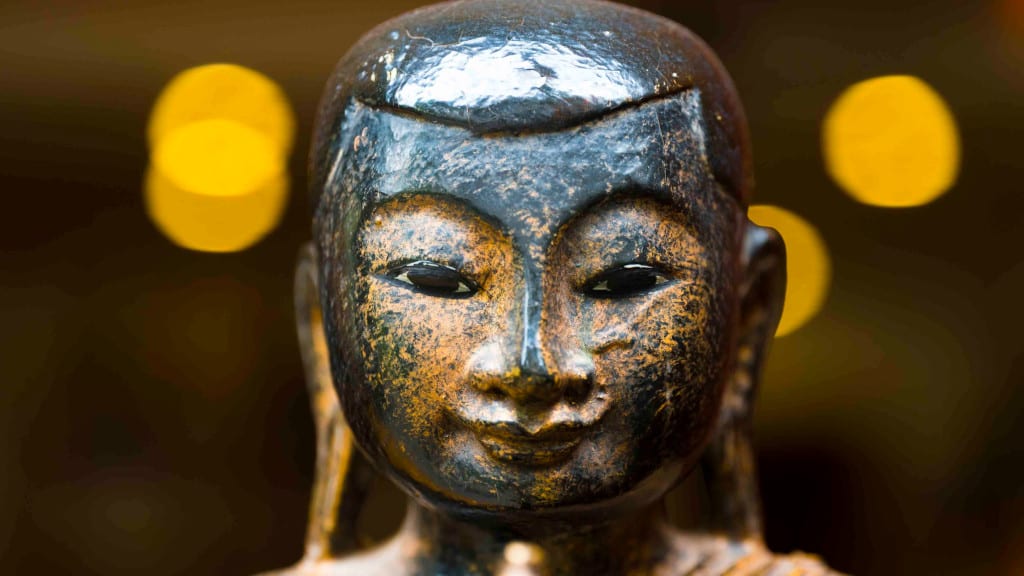Cultural Heritage of Cambodia – Religion
Cambodia is steeped in history, with nods to its rich culture and customs on show in every corner. Buddhism is the national religion, with 97 percent of the population following Theravada Buddhism. Pagodas pepper the country; lines of saffron robe-clad monks collect alms each morning; statues and images of Buddha dot homes, businesses and public spaces; and temples are regularly attended by the majority of the population.
This means Cambodians are conservative, gentle and respectful by nature. And it pays well to bare this in mind during your time in the Kingdom. Modest dress when attending temples, religious sites and important attractions is necessary. Knees and shoulders should be covered at all times, and shoes, hats and sunglasses removed when entering a temple.
At many sites, visitors turning up sporting hot-pants, sleeveless tops and other attire deemed inappropriate will be refused entry or required to hire a hideous cover-up. And definitely don’t follow in the idiotic footsteps of a flurry of fools who were kicked out of the country after snapping nude selfies of themselves at Angkor Wat in 2015.
Cambodia Heritage – Angkor
Angkor Wat doesn’t just serve as Cambodia’s main tourist pull, it also forms the centre of national pride.
It comes as no surprise that contemporary culture is saturated in Angkor influence. The apsara dancers etched onto the walls at Angkor are brought to life in a range of classical dance performances in Siem Reap and Phnom Penh. And the ethereal females said to visit Earth from Heaven to entertain gods and kings with their enchanting dance feature heavily in the contemporary Cambodian dance forms and modern art that has emerged in recent years.
Other forms of traditional Khmer arts include shadow puppetry. The pre-Angkorian art form – bas-relief carvings at 7th century Sambor Prie Kuk temple in Kampong Thom show the ceremony – is believed to have been born in Siem Reap, where performances took place in paddy fields or pagodas to mark special occasions.
Cambodia Living Arts (CLA) works tirelessly to revive traditional arts, while encouraging a new wave of musicians to carve their own contemporary path

Cambodia Culture
Sbek thom was added to UNESCO’s Representative List of the Intangible Cultural Heritage of Humanity in 2008 and is the most popular form of shadow puppet theatre. It features two-metre tall puppets made from cowhide and retells parts of the epic Reamker – the Khmer version of the Ramayana, an ancient Indian epic poem.
NGO Cambodia Living Arts (CLA) works tirelessly to revive traditional arts, while encouraging a new wave of musicians to carve their own contemporary path. Daily, its talented troupes put on performances at its stage at the National Museum, Phnom Penh. These take in traditional music, apsara, folk dance and the ritual dance, Moni Mekala.
Another great spot to delve into the cultural heritage of Cambodia is at Artisans Angkor. In Siem Reap, visitors can take a free tour of its workshops where artisans are hand-carving a range of traditional Khmer crafts. These range from lacquer painting and stone and wood carving, through to silverware and silk weaving.